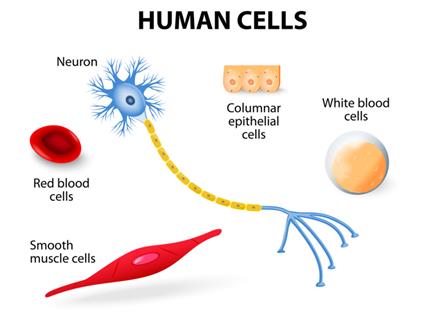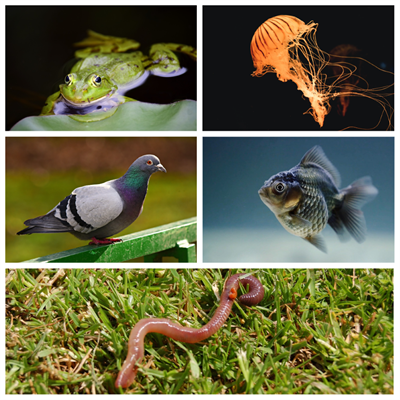
PUMPA - SMART LEARNING
எங்கள் ஆசிரியர்களுடன் 1-ஆன்-1 ஆலோசனை நேரத்தைப் பெறுங்கள். டாப்பர் ஆவதற்கு நாங்கள் பயிற்சி அளிப்போம்
Book Free DemoMulticellular organisms:
Most of the organisms that are present in the world, including the animals, are multicellular, and the cells and organs perform all the essential functions in these organisms.
Example:
Jellyfish, earthworm, snails, fish, frogs, snakes, pigeon, crow, tiger, lion, and humans.
The division of labour is seen the multicellular organisms. These cells are differentiated in the earlier stage of cell division.
Example:
Nerve cells, muscle cells, skin cells, blood cells, and other cell types.

Each of the different cells has different structures that are related to the function. All the cells have the same common organelles, but the number and type of organelles differ according to the function. Thus, different cells look different according to the organelles present inside the cells.

Clockwise from top-left: Frog, Jellyfish, Pigeon, Fish, and Earthworm
Difference between unicellular organisms and multicellular organisms:
Unicellular organism | Multicellular organism |
| They are made up of a single cell. | The organisms are made up of many cells. |
| Single-cell of the organism performs all the functions of life. | Different cells are specialized and perform different functions. |
| Unicellular organisms are microscopic in size and cannot be seen with our naked eyes. | Multicellular organisms are generally larger in size. |
| A unicellular organism does not contain tissues, organs and organ systems. | Multicellular organisms are composed of tissues, organs, and organ systems. |
| Growth occurs through an increase in the size of the cell. | Growth occurs through an increase in the number of cells by the process of cell division. |
| Examples: Amoeba, Paramecium, Euglena, Chlamydomonas, Saccharomyces (yeast). | Examples: Fish, frog, reptiles, lizards, birds and humans. |